Oct 25, 2025
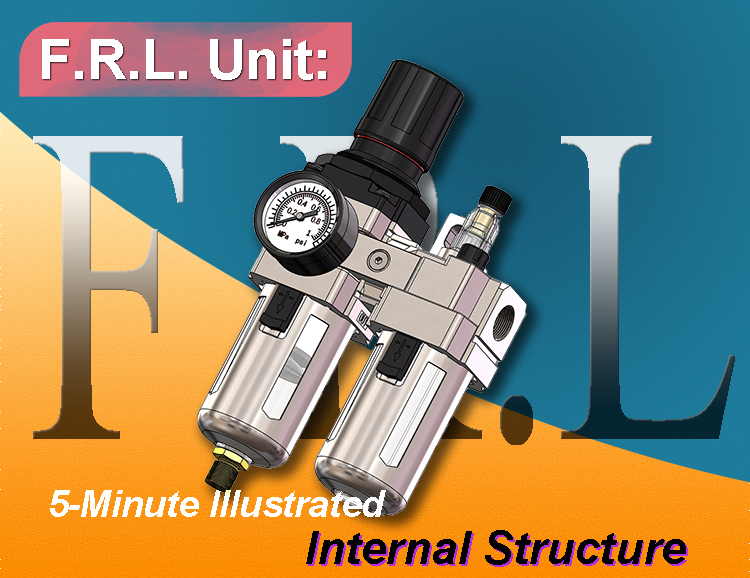
Have you ever noticed impurities in water? Or dust particles in hazy weather? In such moments, you likely wish for a water purifier or a face mask. In the automation industry, the air treatment unit acts as both the "water purifier" and "face mask" for pneumatic systems. When airborne contaminants exceed acceptable levels, they can damage pneumatic components, reduce operational reliability and stability, and even shorten their service life—much like how polluted air affects your lungs.
Therefore, the air treatment unit is indispensable in pneumatic systems. In fact, its capabilities extend far beyond basic filtration.
In a pneumatic system, compressed air becomes dry and clean after passing through the air treatment unit, and is then delivered at the appropriate pressure to downstream pneumatic equipment (such as pneumatic cylinders, pneumatic guns, pneumatic valves, etc.), reducing their risk of damage.
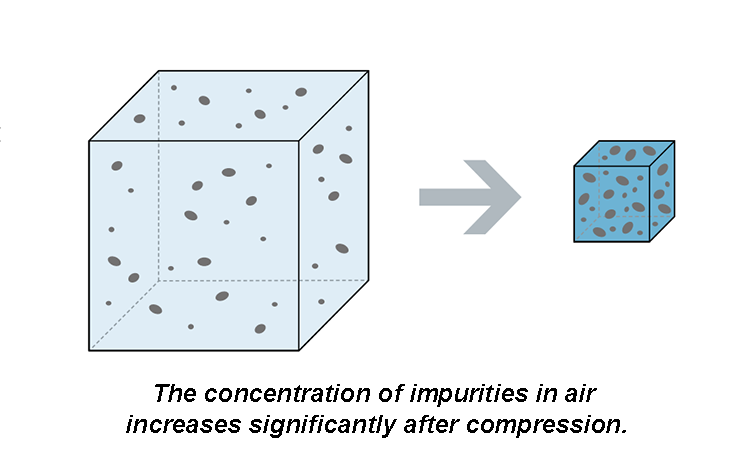
The air treatment unit typically consists of three main components: the Filter, Regulator, and Lubricator (collectively known as an FRL unit).
The primary function of the pneumatic air filter is to remove solid particles, liquid water, and oil from the air supplied by the air compressor, delivering clean and dry air.
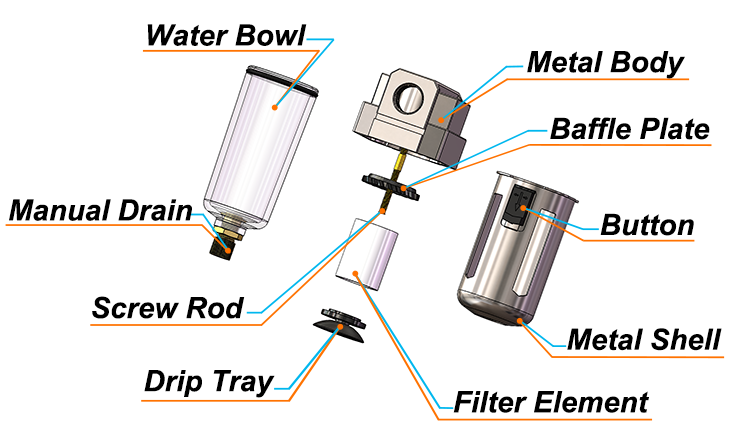
Metal Body: Forms the main structure, housing all internal components while providing inlet/outlet ports and mounting interfaces.
Baffle Plate: Positioned below the inlet port, it directs compressed air tangentially to generate a high-speed vortex.
Filter Element: The core filtering component. After centrifugal separation, air passes through the element from outside to inside, trapping micron-sized particles and aerosol contaminants.
Water Bowl: Collects separated liquid water, oil, and impurities.
Manual Drain: A standard low-cost option (typically a plastic or brass button/screw) for manual drainage.
Auto Drain (Optional): Automatically discharges accumulated liquid when the bowl reaches a predetermined level, eliminating manual intervention.
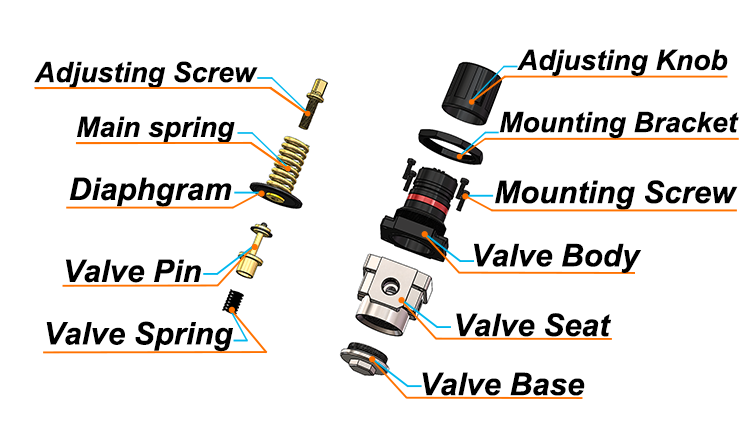
Valve Body/Base/Seat: Supports all other components and includes a vent hole that works with the diaphragm to release excess pressure, ensuring stability.
Adjusting Knob/Screw: Clockwise rotation compresses the regulator spring to increase output pressure; counterclockwise rotation reduces it. Features anti-slip texture and a locking mechanism for precise adjustment and prevention of accidental changes.
Mounting Bracket: Threadedly connected to the valve body, enabling installation on equipment via additional brackets.
Mounting Screw: Secures the air pressure regulator in place.
Main Spring: Balances force against output pressure. The handwheel’s rotation determines the spring’s pre-compression, setting the target pressure.
Diaphragm: The core pressure-sensing element of regulator valve. Operating on force-balance principles, it self-adjusts to maintain stable outlet pressure despite flow fluctuations. Fescolo’s diaphragm—crafted from high-quality rubber and stamped metal—offers high strength, fatigue resistance, and long service life.
Pressure Gauge (Optional): Provides visual indication of the regulated output pressure.
Metal Body: Houses internal components and provides a pathway for airflow. Contains a Venturi tube—the core atomizing element. As air passes through the constricted tube, velocity increases, creating a vacuum that draws oil upward for atomization.
Oil Bowl: Stores lubricating oil. A seal rwing prevents leaks between the bowl and metal body. Fokca’s bowls are made of high-performance polycarbonate (PC), offering heat resistance, impact strength, and durability across a broad temperature range, with higher pressure tolerance and extended service life. PC’s optical clarity also facilitates easy oil level inspection.
Metal Shell: Protects the oil bowl and prevents accidental detachment.
Siphon Tube: Extends from the bowl’s bottom to the Venturi’s vacuum zone. Pressure differentials draw oil into the atomization area.
Oil Plug: Seals the oil filling port on the metal body. Removal allows quick oil replenishment.
Sight Window/Needle Valve: The sight window (fabricated from transparent PC) enables visual monitoring of oil droplet atomization. An internal needle valve precisely adjusts the siphon tube’s cross-section to control oil feed rate.
Fokca(Fescolo)is a professional pneumatic cylinder manufacturer and supplier. As a leading Chinese supplier in this field, we specialize in providing high-quality, precision-engineered cylinders designed for a variety of applications.
As a manufacturer, we guarantee quality from raw materials by selecting premium aluminum/zinc alloys. Each valve body undergoes leak-proof die-casting, fully automated precision machining with strict tolerance control, surface treatment, and multiple automated quality inspections including pressure and airtightness tests to ensure every product meets standards.
Please feel free to visit our air treatment unit product page for more information. Additionally, you can explore our Blog, where we provide a range of resources including videos, images, articles, and drawings to help you better understand pneumatic products.
You May Interest In
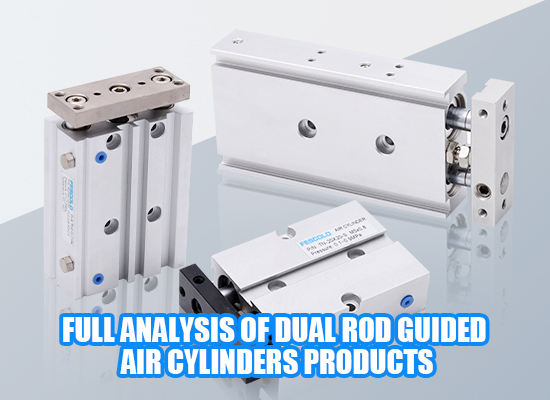
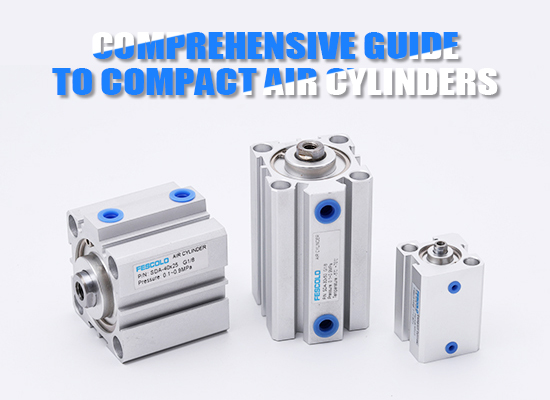
Jul 30, 2025 Blog
Comprehensive Guide to Compact Air Cylinders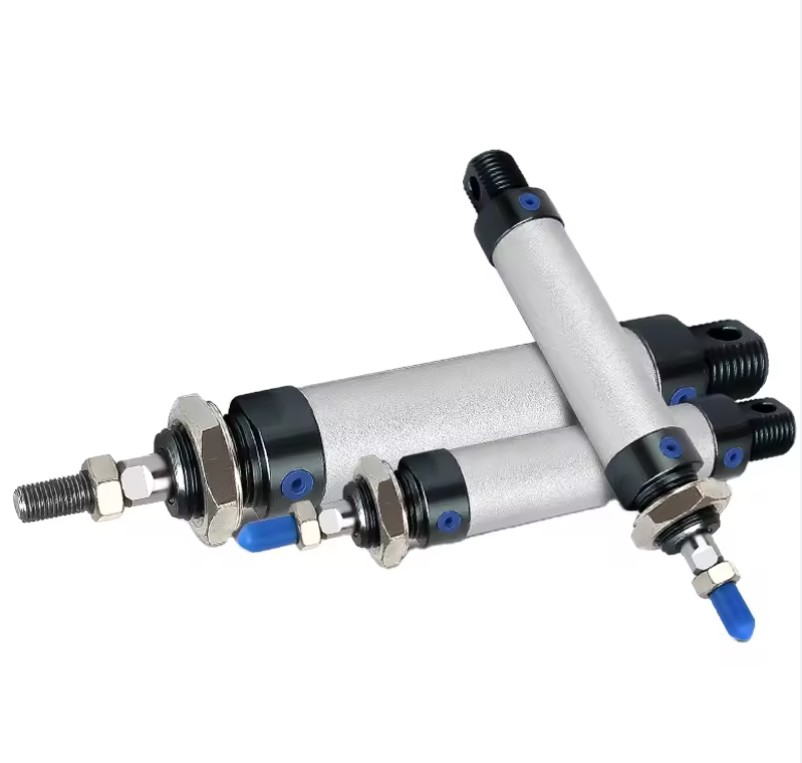
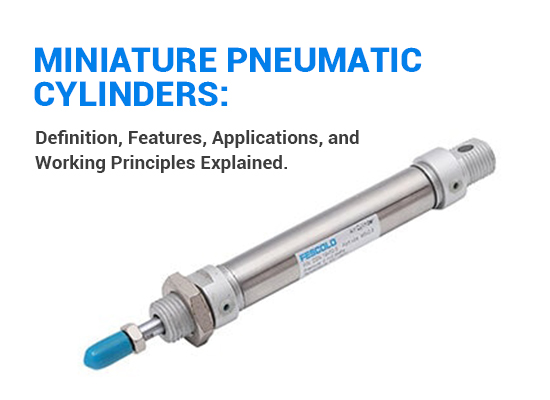
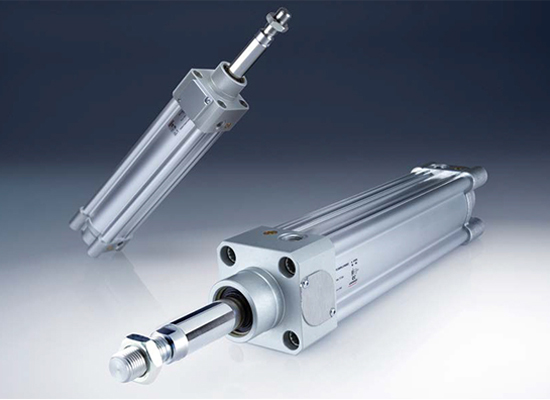
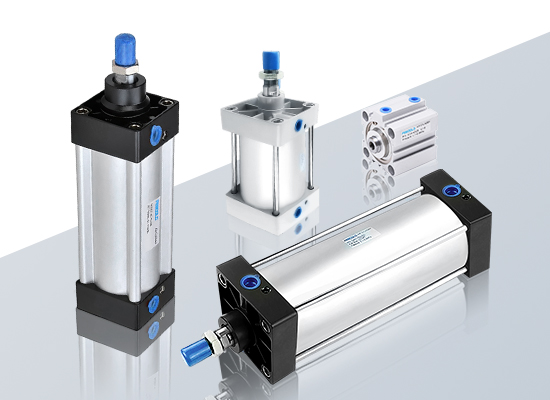
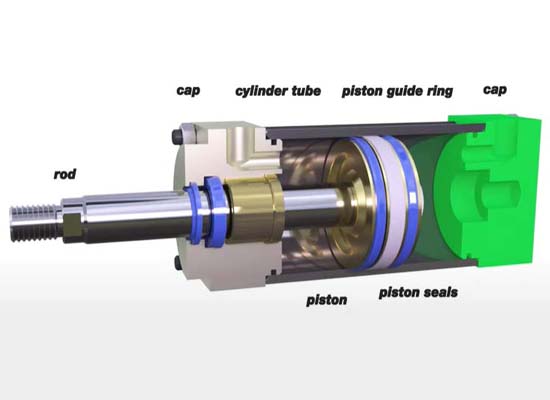
Apr 23, 2025 Blog
Exploring the Critical Parts of a Pneumatic Cylinder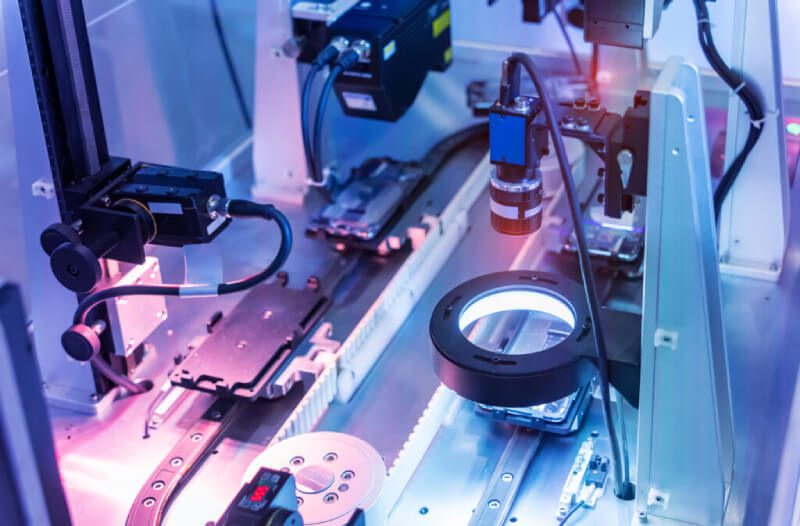
Apr 23, 2025 Blog
anti-rotation cylinder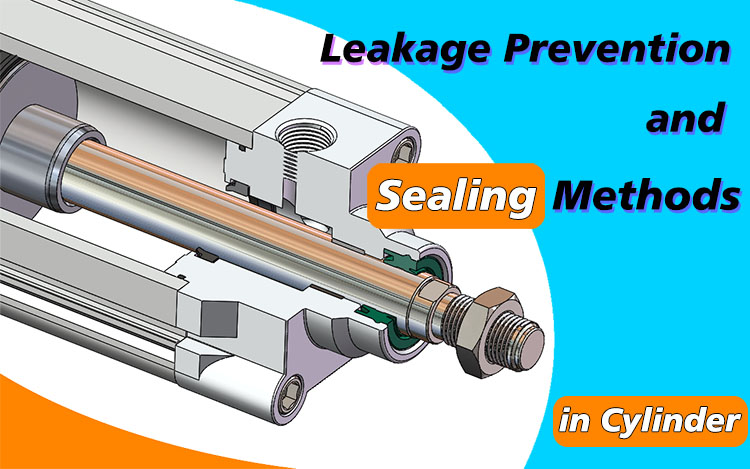
Mar 28, 2025 Blog
Leakage Prevention and Sealing Methods in Cylinder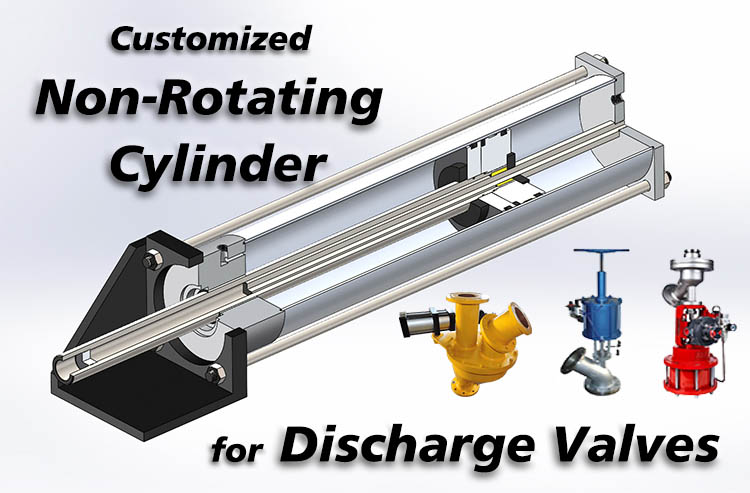
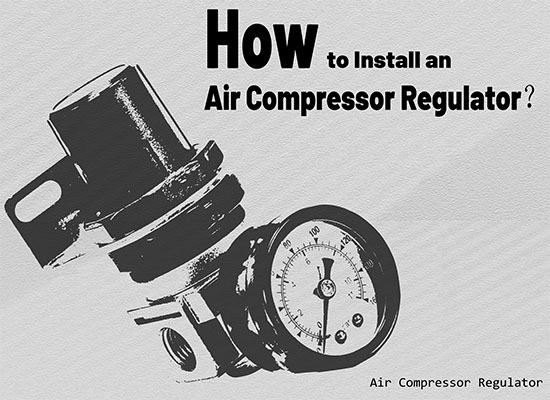
Mar 18, 2025 Blog
How to Install an Air Compressor Regulator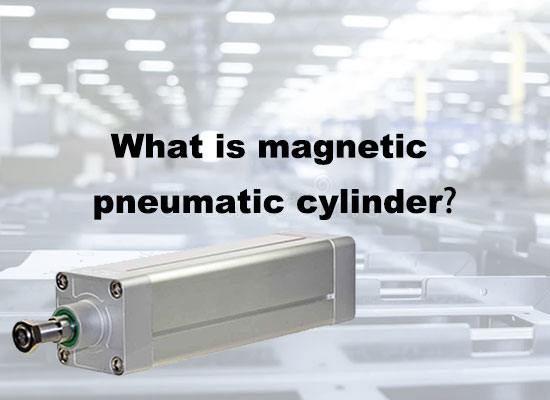
Mar 13, 2025 Blog
What is Magnetic Pneumatic Cylinders?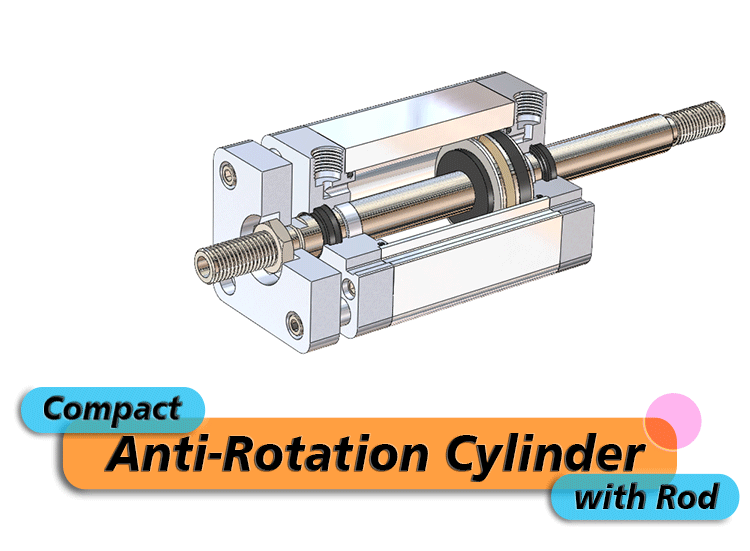
Mar 10, 2025 Blog
Compact Anti-Rotation Cylinder with Rod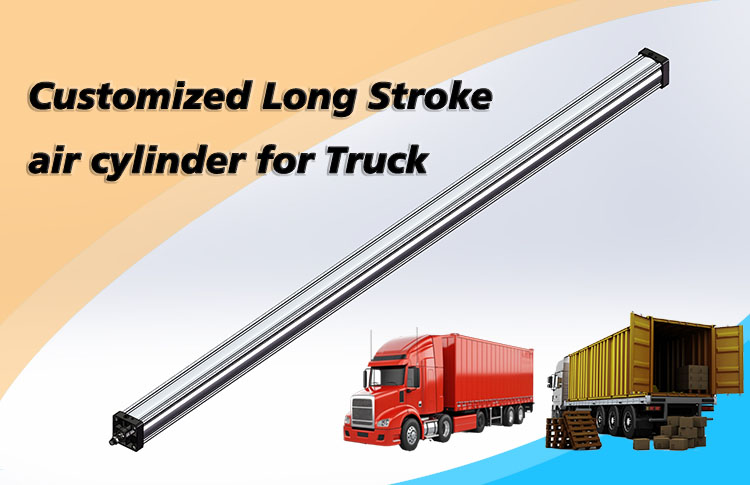
Mar 10, 2025 Blog
Customized Long Stroke Air Cylinder for Truck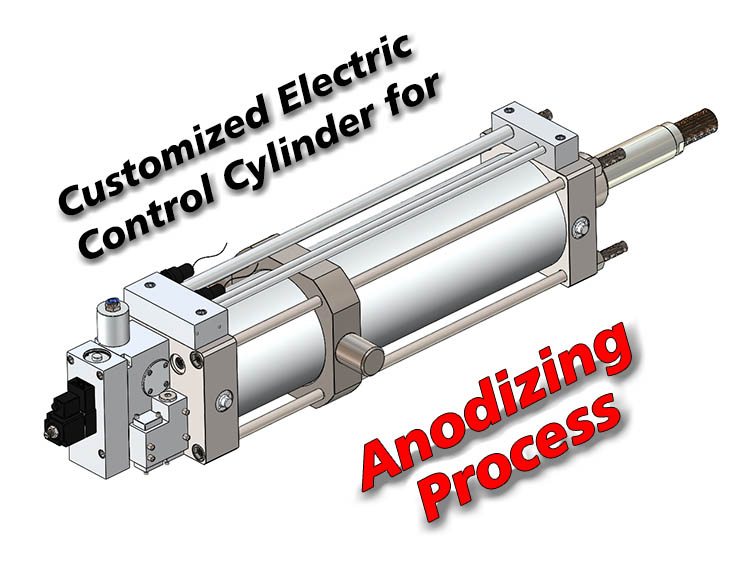
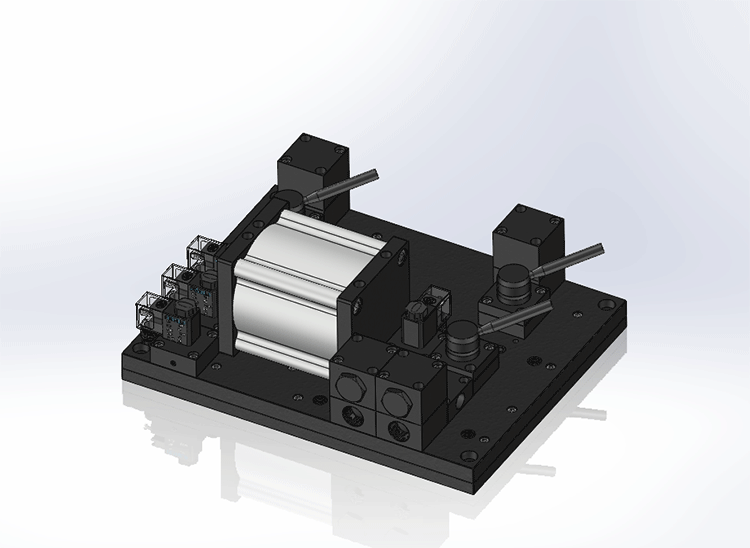
Mar 10, 2025 Blog
Customized Combination Manifold Valves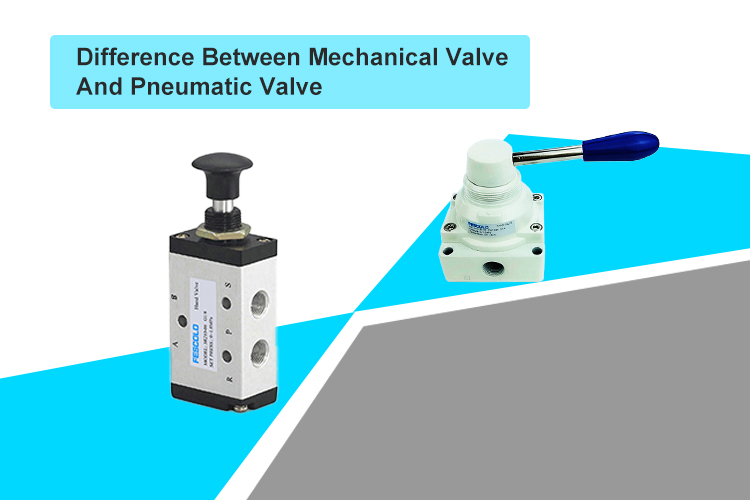
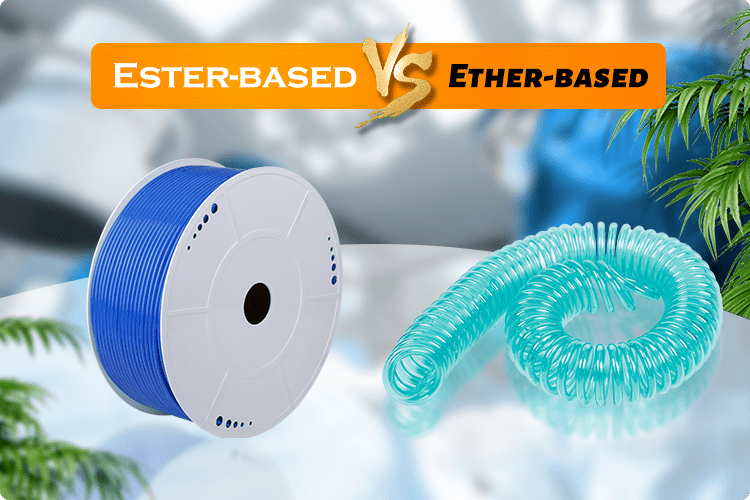
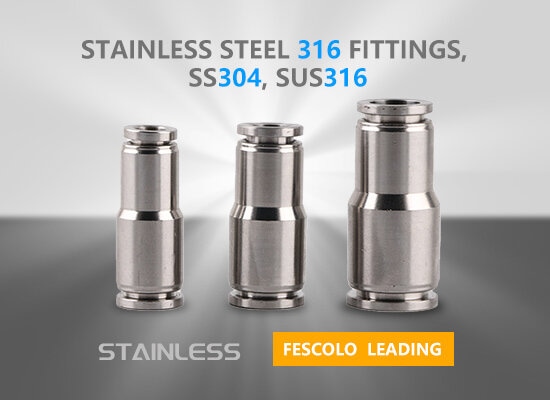
May 16, 2019 Blog
STAINLESS STEEL 316 FITTINGS, SS304, SUS316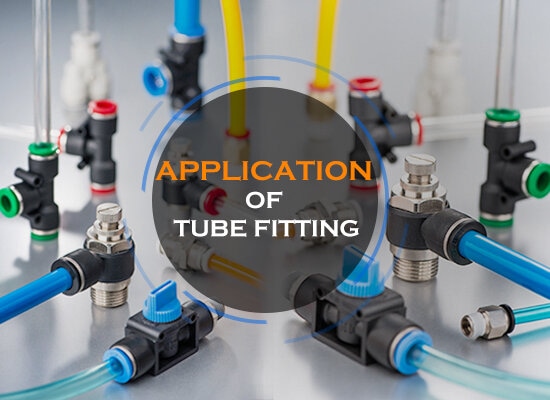
May 03, 2018 Blog
Application Of Tube Fitting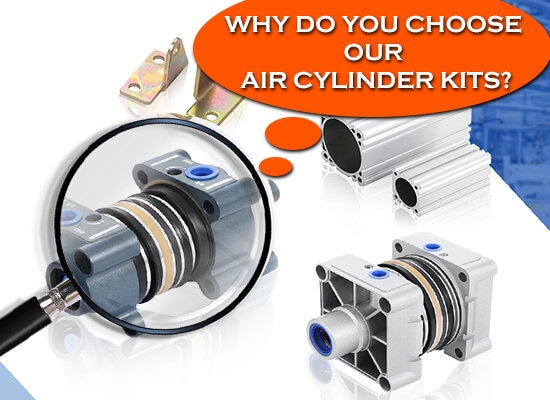
Jun 08, 2018 Blog
Why Do You Choose Our Air Cylinder kits?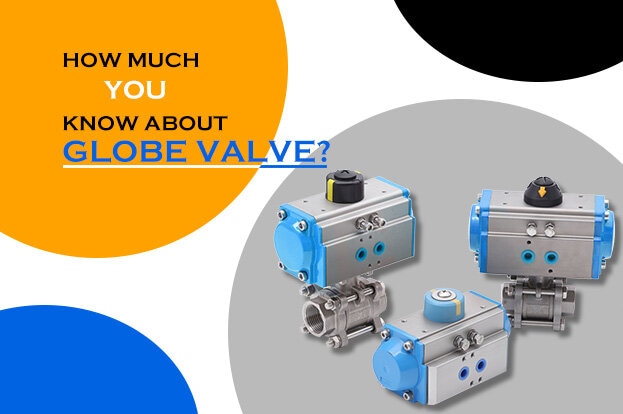
Feb 09, 2018 Blog
How much you know about globe valve?FOKCA ©1998-2025 Fescolo Pneumatic All Rights Reserved Sitemap